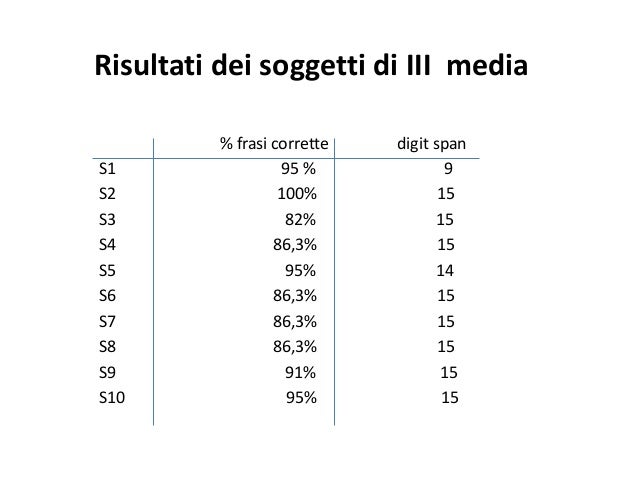


The results indicate that the visual cortex is more critical for visualizers compared to verbalizers in the DSB task. After rTMS to the right occipital cortex, visualizers showed a significantly stronger mean performance decrease compared to verbalizers. A total of 47 German university students took part in the study, 23 spontaneously using a verbal processing strategy and 24 using a visual strategy. The present study used repetitive transcranial magnetic stimulation (rTMS) to examine the use of visual processing strategies in the DSB. Many stimuli used in working memory tasks can be processed via verbal or visual coding, such as the digits in the digit span backwards task (DSB). The results indicate that a verbal processing style is associated with more effort, possibly due to the adaptation of a task-specific strategy.ĭistinguishing between verbal and visual working memory processes is complicated by the fact that the strategy used is hard to control or even assess. Functional magnetic resonance imaging showed that a verbal processing style is associated with higher activation in the middle frontal gyrus, which is crucial for working memory performance. Also, the preference for a verbal or visual cognitive style was not associated with the task specific strategy, indicating that a visual or verbal strategy can be adapted deliberately in order to perform the task at hand. The task specific cognitive strategy was predictive for dual task performance, while the habitual cognitive style was not. In a dual task condition, the participants had to remember both an acoustically and an optically presented digit series. 40 participants were presented with the digit span backwards task - which is widely used as a measure of working memory capacity - with acoustically or optically presented stimuli. To investigate the role of routinely-used cognitive styles and task-specific cognitive strategies, n. A prominent distinction is made between visual and verbal processing in everyday-life as well as concrete tasks at hand. The way information is processed in the brain varies strongly between individuals.


 0 kommentar(er)
0 kommentar(er)
